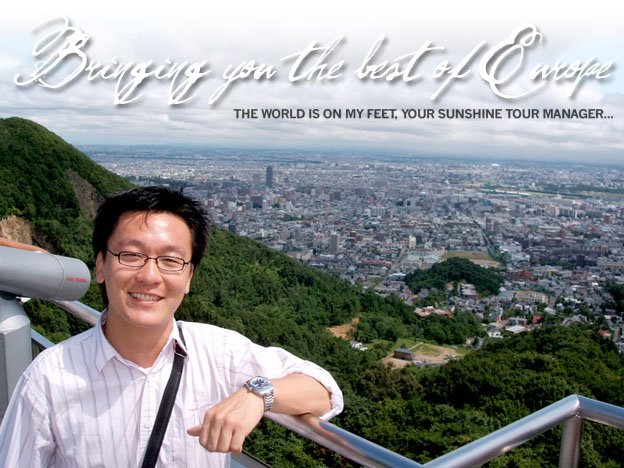Bath Abbey
The temple was constructed in 60–70 AD and the bathing complex was gradually built up over the next 300 years. During the Roman occupation of Britain, and possibly on the instructions of Emperor Claudius, engineers drove oak piles into the mud to provide a stable foundation and surrounded the spring with an irregular stone chamber lined with lead. In the 2nd century, the spring was enclosed within a wooden barrel-vaulted building, which housed the calidarium (hot bath), tepidarium (warm bath), and frigidarium (cold bath). The city was given defensive walls, probably in the 3rd century. After the failure of Roman authority in the first decade of the 5th century, the baths fell into disrepair and were eventually lost due to silting up.
In March 2012 a hoard of 30,000 silver Roman coins, one of the largest hoards discovered in Britain, was discovered in Bath during an archaeological dig. The coins, believed to date from the 3rd century, were unearthed about 450 feet from the Roman baths.





